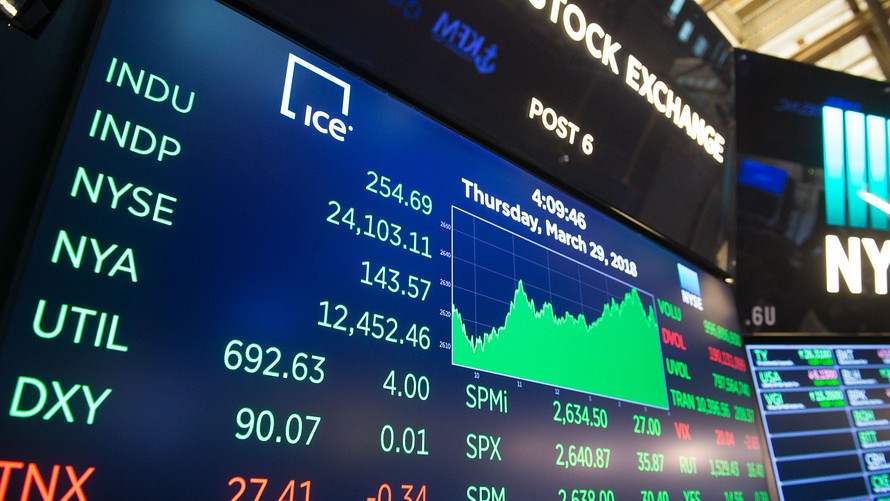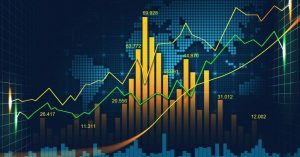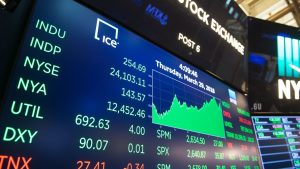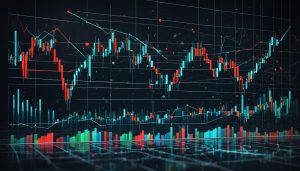How Technical Analysis Impacts On The Forex Trading Industry.

Technical analysis is a fantastic tool to identify trends and trade targets on the forex market, but using only technical analysis can leave you exposed to market surprises.
Technical traders think that everything you need to know can be sourced from the price data itself and don’t factor in things such as economic headlines.
Contents
Trend Analysis
Another of the most important parts of technical analysis is finding signals and patterns that provide a picture of what market is going to do and what price action may be taking place within the next few minutes. Technical analysts typically have many charting tools used to do so (moving averages, trend lines, support/resistance etc).
For technical traders, most data necessary to understand the direction of an asset in the future is already contained in the chart. They presume history repeats itself and that recognisable trajectories can be found even in wildly unpredictable markets.
This type of analysis is more attractive to day traders and swing traders because they are able to see short-term trading patterns easily and position themselves accordingly – which minimizes risk and maximises gain.
Support & Resistance
Traders use the “history repeats itself” logic to guess how prices might move in the future. For example, if there is a previous level that has previously used as support or resistance zones, then traders will also monitor for that level when trading on trendlines, moving averages, pivot points, Fibonacci calculations retracements/extensions scenarios to look for potential future price targets.
One of the things criticised about technical analysis is that it does not reflect market sentiment. But the trends picked up by technical commentators can drive the market itself, becoming self-fulfilling prophecies.
Fibonacci Calculations
Technical traders rely on many indicators and other tools to help them trade-plan, such as Fibonacci calculations that can forecast markets beyond initial spikes using mathematical sequences found in nature and human actions, market harmonics which tell you how certain pattern of prices affect the trend of an asset, and market heuristics to see how prices of specific assets have changed over time.
Although these tools are very useful for the elaboration of an asset’s likely action, they do not always generate good signals: false alarms do occur. Traders should use technical analysis techniques along with risk management and market studies to construct balanced trading strategies. Since market volatility can push the price higher than anticipated, it’s a good idea to be prepared to change course as necessary. We need to be able to be flexible in this forex environment and we might choose to do more technical analysis in times of stable economic activity, and more fundamental analysis in moments when unexpected factors can change market dynamics.
Chart Patterns
Technical analysis assumes that everything known about an asset’s price is already known; traders look for consistency in price action, in order to see how the market will act in the future and what it will do.
Flags, pennants, channels, double tops and bottoms, are some helpful chart types to detect a market trend and reversal quickly. What’s more, quant tools such as moving averages, Bollinger Bands and Fibonacci retracements are commonly used for such a detection.
This is especially attractive to traders who are trading on a smaller timeframe such as daily or swing. They can act more quickly based on chart patterns and indicators based on their trading goals.
Technical trends can reoccur, but remember that there are many factors outside of technicals that change prices. A sudden employment report could send the value of a single currency rocketing.







